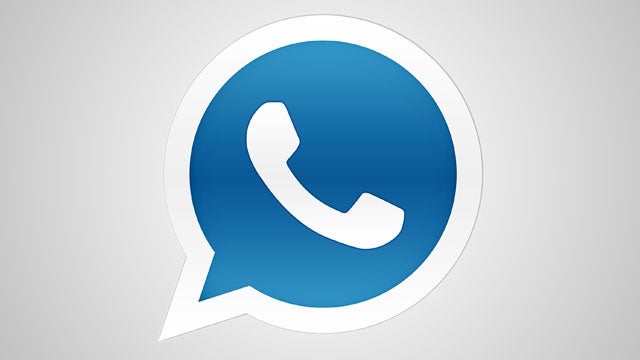Facebook Buys WhatsApp: How, why and will Zuckerberg kill it?

Facebook has bought WhatsApp, the messaging app. It’s the biggest acquisition Facebook has ever made, and is a clear indicator of the state of the social network. So why has Facebook bought Whatsapp, and will it mean the end of the glory days for the messaging app?
How has Facebook bought WhatsApp?
The final numbers are in. Buying WhatsApp is going to cost Facebook $16 billion, plus an additional $3 billion in shares to be paid out later. That makes it the biggest deal Facebook has ever done, dwarfing the $1 billion deal it made to buy Instagram back in 2012.
However, it’s certainly not an exchange of money in suitcases. Most of the ‘money’ comes in the form of Facebook shares – $12 billion of them – while only $4 billion is in actual cash.
Thinking of ditching WhatsApp? Here’s our pick of the best WhatsApp alternatives
Why did Facebook buy WhatsApp?
So why did Facebook buy WhatsApp when its own Facebook Messenger app does pretty much the same thing?
Many industry analysts have labelled the buyout a desperate move to stop Facebook from losing its power. Research by a Princeton University group released in January 2014 tells a sad tale.
Its look into the rise and fall of social media trend suggests Facebook will quickly start to lose momentum between 2015 and 2017 – it will lose 80 per cent of the users it had at its peak. The decline has already begun, too. Several stories surfaced in 2013 suggesting Facebook is losing millions of users in key markets like the US and UK.
Facebook is no longer an upstart, it’s an institution. It’s not new, it’s not dynamic, and that means it is set to fade.
WhatsApp, conversely, is in a rather different position. It is growing at an almost exponential rate. From its inception in 2011, it has grown into a messaging app that sends out more than 20 billion messages a day. And that’s up from around 7-8 billion a year ago.
Facebook is trying to buy back its growth potential, to co-opt some of that WhatsApp heat. The service currently has more than 450 million users, and is gaining new ones at a rate of a million a day. It also has the youth vote Facebook is losing.
“I can’t wait for them to join Facebook and help us connect the rest of the world,” says Facebook’s Mark Zuckerberg.
It’s clear that Zuckerberg is interested in growth, not the intrinsic value of WhatsApp’s own business model. With WhatsApp, you get the service for free for a year, then pay 69p or $1 a year for the service. For Facebook to break even off that sort of model with WhatsApp’s current user base would take more than thirty years. That’s not Zuckerberg’s retirement plan.
WhatsApp has only managed to use such a model because it is incredibly lean. The last figures we have for WhatApp’s employee roster show it has just 50 staff (as of December 2013), 32 of them engineers. It’s a great company, but not a particularly big one in traditional terms.
Many have suggested Facebook has grossly overpaid for the service, which has been able to trade on the momentum of its own growth to command such a price. After the announcement, Facebook’s shares dropped by five per cent – although they have since stabilised to an extent.
Will Facebook kill WhatsApp?
The clearest reason why Facebook would acquire WhatsApp is to stop anyone else from doing so. However, aside from competition and the seemingly inevitable slide into becoming a ‘has been’, Facebook continues to struggle with its key perennial issue – monetisation.
Anyone who has watched The Social Network will know about how long Zuckerberg resisted putting ads into Facebook. It was seen as the one-way slide to the site losing its cool. Facebook now has ads, and – as we’ve already said – it is no longer seen as the vibrant platform for the youth of today.
WhatsApp has always proudly proclaimed its non-use of ads. And its CEO Jan Koum claims the service will stick to its “No ads, no games, no gimmicks” policy.
“Since WhatsApp and Messenger serve such different and important uses, we will continue investing in both and making them each great products for everyone,” says Facebook’s Mark Zuckerberg.
However, much as the WhatsApp model works in isolation at present, it doesn’t make sense within a $16 billion deal. Facebook can’t afford to keep WhatsApp as-is in the long-term. The deal only makes sense when you consider WhatsApp to be a Trojan horse that is set to provide Facebook with another billion users – ones that are younger, fresher and the sort of people companies will want to advertise to. Facebook Home failed to bring in the crowds of kids, Facebook failed to acquire Snapchat.
This mammoth deal is out to make up for both of those failures. If you’ve recently watched a Facebook video detailing your last seven years on the social networking site, you’re no longer Facebook’s highest priority.
Next, read about what to expect at MWC 2014


